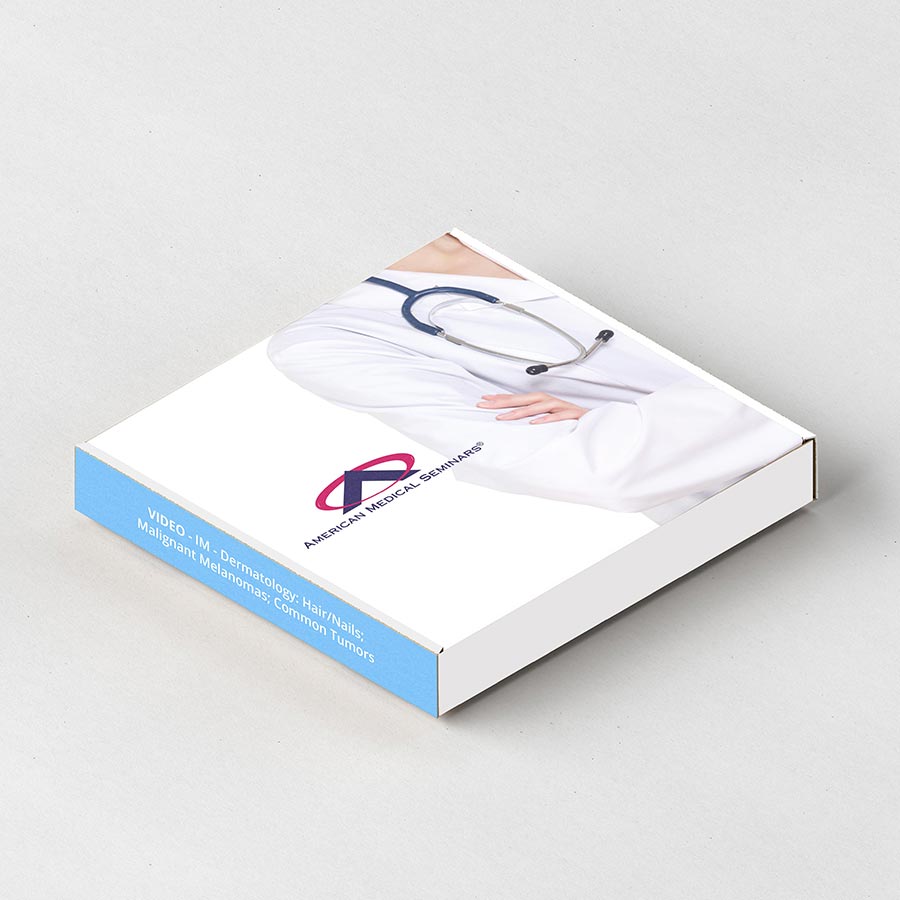Product Description
Title: Internal Medicine – Women’s Health: Benign Breast Disease; Endometriosis; Premenstrual Syndrome
Faculty: Herbert L. Muncie, Jr., M.D., Albert J. Peters, D.O., F.A.C.O.G.
Original Release Date: July 1, 2018 Expiration Date: July 1, 2021
TOPIC 1: Evaluation and Initial Management: Benign Breast Disease
Upon completion of this session, using the American Cancer Society Guidelines and the Cochrane Abstract Database, the participant should be able to: EBM, GL, COMP
- Differentiate the signs and symptoms associated with benign breast disease.
- Formulate an evaluation for breast pain (mastalgia), breast lumps, and nipple discharge.
- Specify the treatment options for breast pain, nipple discharge and breast infections.
- Distinguish the symptoms and physical findings associated with rare benign breast disease conditions.
TOPIC 2: Endometriosis.
Upon completion of this session, using ACOG Practice Guidelines and Practice Committee Guidelines – ASRM, the participant should be able to: GL, , COMP
- Have a high degree of accuracy in the suspicion of endometriosis based on symptoms and physical examination.
- Review current management options with particular attention toward agents that can be effectively used by the primary care provider.
- Guide patients with regard to long-term management for pain and/or fertility considerations.
- Understand the risks and benefits of various treatment options for endometriosis as well as recurrence risk.
TOPIC 3: Premenstrual Syndrome.
Upon completion of this session, using ACOG Guidelines and NIH Guidelines, the participant should be able to: GL, COMP
- Correctly diagnose patients with this disorder using NIH guidelines.
- Utilize current effective and FDA-approved therapies.
- Formulate an appropriate differential diagnosis for PMS.
- The receipt for any incentive-associated purchase will designate the value of the gift card separately from the cost of the learning activity.
- This incentive may have implications on your tax reporting obligations. Any reimbursed amount must be declared as personal income for tax purposes.


